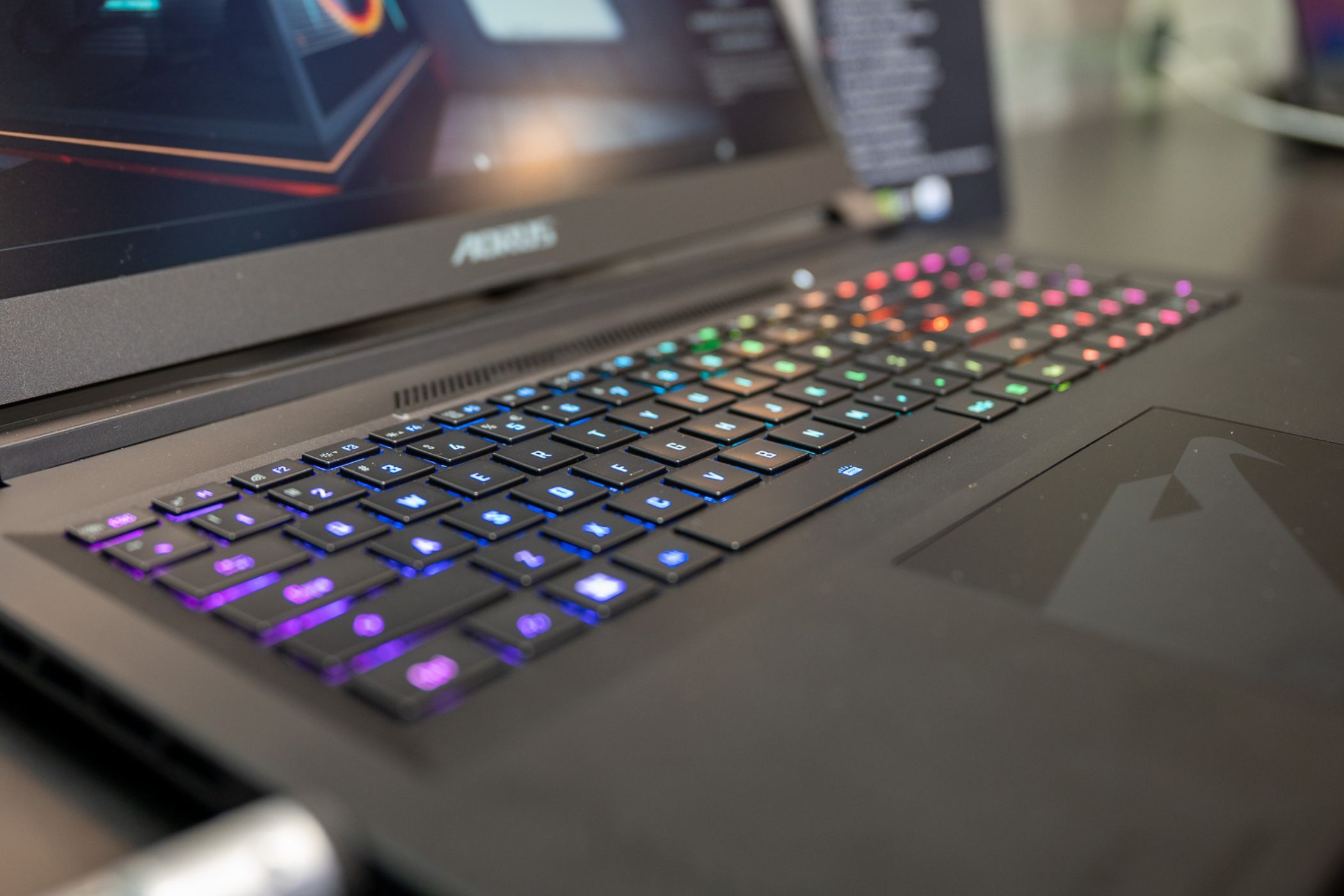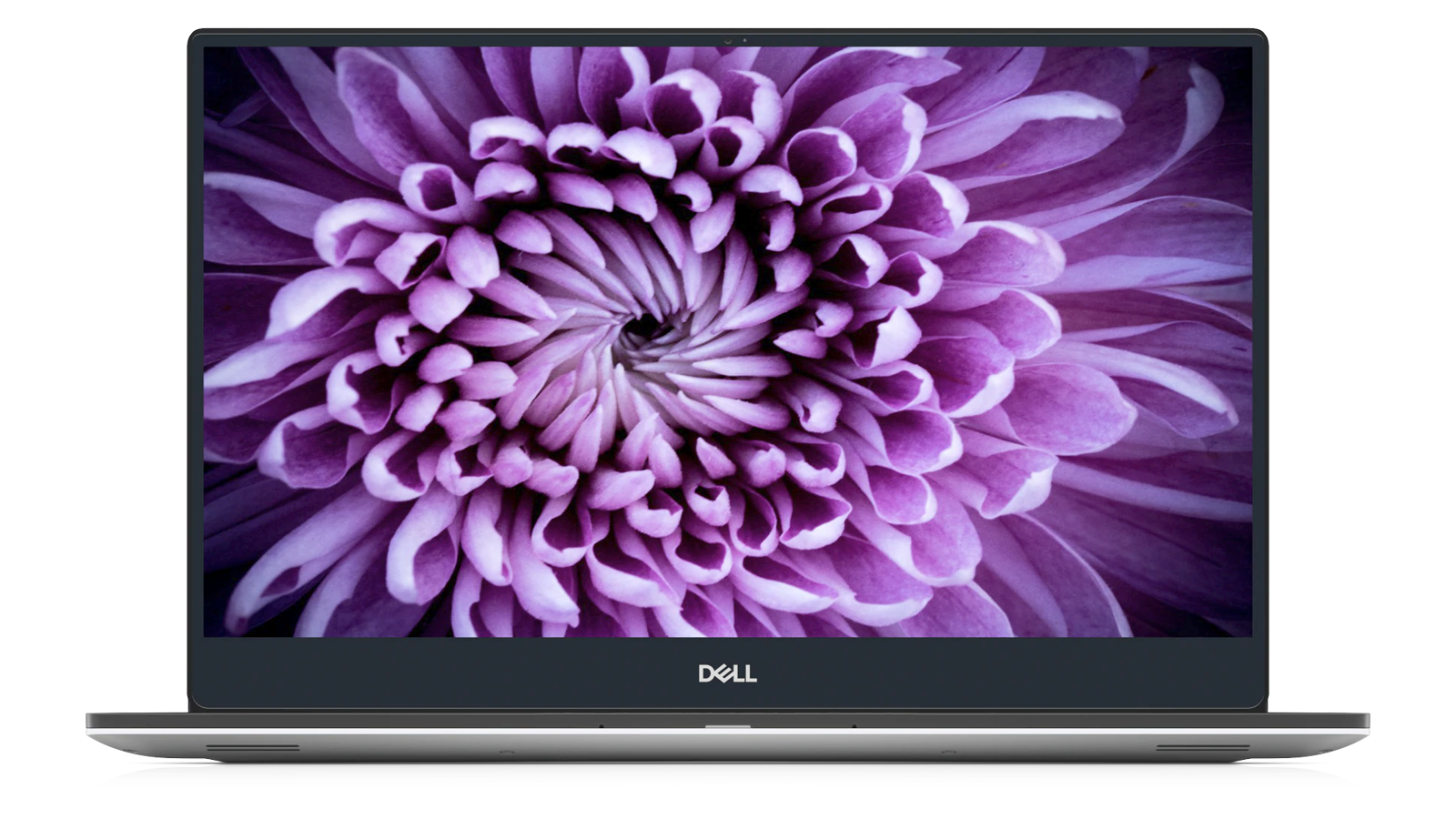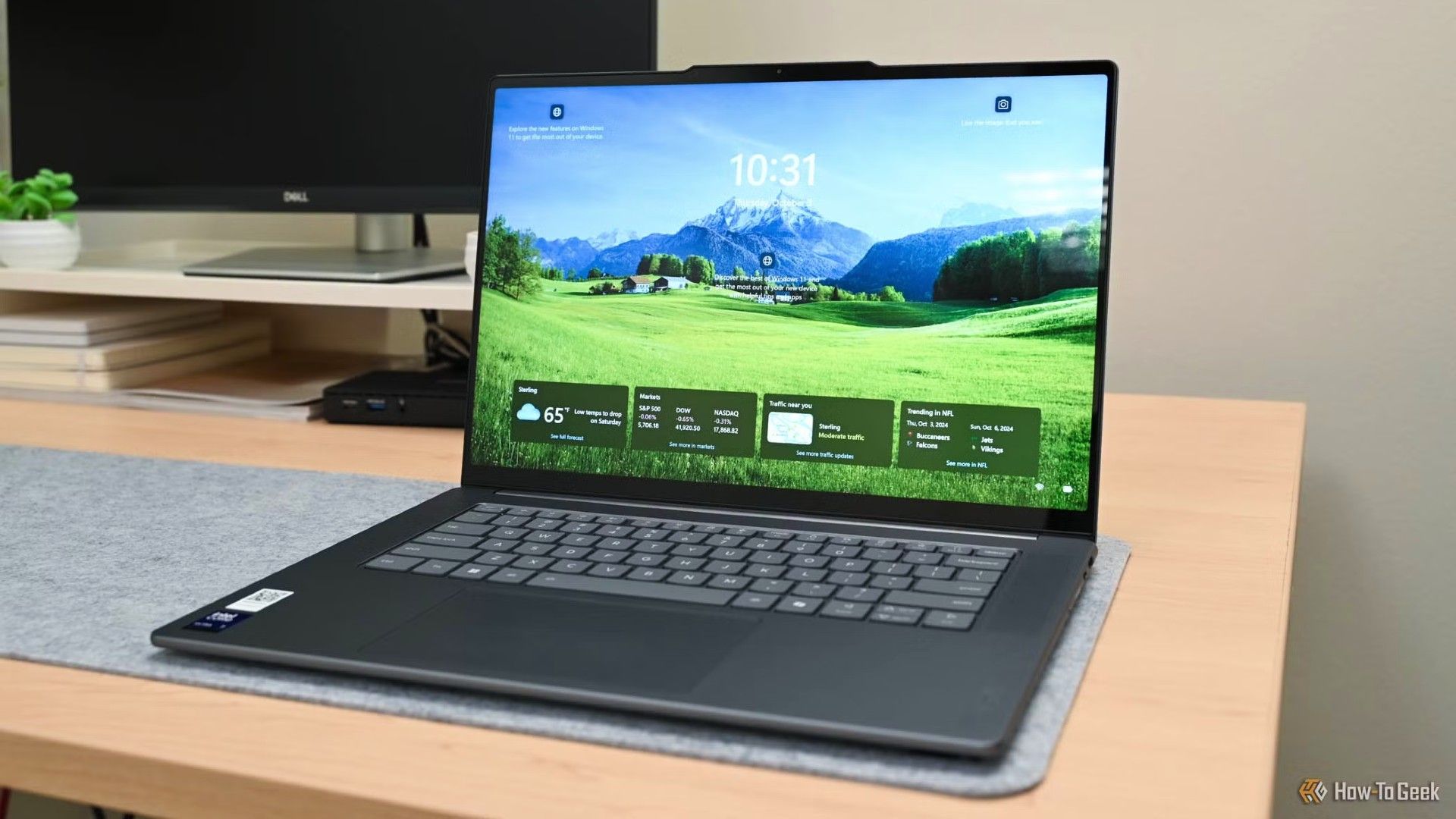
Quick Links
-
The Central Processing Unit
Whether you’re looking for the latest and greatest or something more entry-level and budget-friendly, understanding these basic specs is the first step in ensuring you get exactly what you need from your next gaming laptop.
1 The Central Processing Unit
The central processing unit, often called the “processor” or “CPU,” is your computer’s brain. Without it, you wouldn’t even be able to boot up your PC. Most gaming laptops, and some standard laptops, come with either an AMD Ryzen or Intel Core processor, as these are each company’s high-end, gaming-focused lines.
Which one is right for you depends on what you want from your laptop. Will it be strictly for gaming, or do you also plan to use it for school, work, and other hobbies? Though we did name an AMD Ryzen desktop processor as the number one choice for gamers, both lines have solid options, no matter what your goals are. For this reason, it’s better to understand the CPU models rather than decide based on brand.
In previous years, naming conventions for AMD and Intel CPU models have generally been the same for their desktop and laptop models, with the only difference being how much power you can expect from a desktop model compared to its laptop iteration.
For example, an Intel Core i5-13450HX is an Intel CPU from their Core line that provides low-mid computing power as indicated by the i5 rating. The following numbers tell us this is a 13th-generation chip with the lowest power available for a 13th gen i5 chip, and the letters at the end indicate the features provided. A desktop chip from the same generation would follow the same naming conventions.
AMD decided to shake things up with the release of their 7000 series processors, though. While their desktop CPUs still read close enough to Intel’s, their laptop CPUs follow much different naming standards. The AMD Ryzen 5 7640U, for example, is read as an AMD Ryzen processor with low-mid power that was released in 2023 as indicated by the leading 7. The following 6 reaffirms that this is a Ryzen 5 model, while the 4 indicates that the Zen 4 architecture is used, and the ending 0 shows it is a lower model within the segment. The suffix for an AMD laptop CPU now indicates the hardware design and TDP.
2
3 Graphics Processing Unit
As the name implies, the GPU is responsible for processing everything you see on your computer, including the wake screen. For gamers, this is one of the most important specs to pay attention to as it could hinder you from playing certain titles. Having the wrong GPU can also cause a bottleneck if not properly matched to the CPU. However, this typically isn’t a problem with pre-builts.
For the average user, a GPU integrated into the CPU will do fine. Gamers, photographers, and other professionals with heavy workloads, on the other hand, will want a dedicated GPU. AMD and Intel are two of the biggest names in this category as well, but they have a third competitor to rival—Nvidia, currently one of the biggest names in gaming and considered top-of-the-line for graphics.
Before shopping for your next gaming laptop, take a look at our tips for evaluating a laptop GPU, even if you know desktop GPUs like the back of your hand. While laptop and desktop GPUs may share model names, don’t expect them to share the same performance capabilities. For this reason, you’ll want to pay more attention to the specs and features rather than rely on the model name.
4 Random Access Memory
Random access memory, called RAM or just memory, is your PC’s short-term storage, allowing you to quickly and seamlessly switch between tasks. As you work and play, RAM stores the data for any active file, program, application, etc. that may need to be readily recalled. This is why it’s so important for gamers to choose the right capacity.
RAM is usually available in 4GB, 8GB, 16GB, 32GB, 64GB, and 128GB capacities. The average gamer will want at least 16GB of RAM on board to start. Though laptop components are still primarily unable to be upgraded, most gaming laptops and many standard ones allow for RAM upgrades. Laptops with upgradable RAM will typically list how much RAM is on board and what the maximum capacity is. Laptops without this capability may say “soldered” or only list how much RAM is on board, being that this is the maximum capacity. As with most specs, the manufacturer’s website will give you the most in-depth description.
If you’re considering starting at a lower RAM capacity and upgrading later, there are a few other things you’ll want to understand beforehand. You may have noticed the LPDDR5 designations in the examples above. LPDDR, or low power dual data rate, means that this RAM uses less power than its standard DDR counterpart.
Another thing to consider is how many RAM slots are available. Each slot represents a channel, with dual- and quad-channel being preferred over single-channel. This is because utilizing multiple channels is another way to increase data transfer rates. When upgrading multichannel RAM, it’s vital to buy RAM sticks with matching specs. For this reason, RAM kits are the preferred option.
5 Storage
Now that we’ve covered short-term memory, let’s look at how much long-term storage you should have.
When you save a file, download a game, or take any other similar action, all the data is safely stored on your drive. Everything preloaded on your laptop out of the box, including your operating system (OS), is also housed here. This is why advertised storage and actual storage always differ.
I recommend 512GB to 2TB of storage for gaming, due to the size of some game files, with 1TB being a common choice that strikes a good balance between space and cost.
You should also pay attention to the speed of your storage. These days a fast SSD for your operating system and games is a must. A PCIe Gen 4 drive should be your minimum, with drives aiming for the 5GB/s level. If you have the budget, there’s no harm in getting the latest PCIe Gen 5 drives, with speeds in excess of 7GB/s, but that’s not likely to provide any noticeable benefit in current generation games.
6 Display
There are quite a few specs to look at when comparing display screens. The first thing you should take into consideration is the display size, as this determines the overall size of your machine. You’ll want something big enough that important game details are visible to you but not so large that you struggle to carry it around.
Another major feature to pay attention to is the panel type used, as this is the foundation for how well other display specs will perform. The most common type of display panel is LCD. OLED is a high-end alternative and is becoming more common for gaming PC displays despite the relatively high price tag.
Frame rate (FPS) and refresh rate (measured in Hertz) are closely related, but they perform different functions.
FPS measures how often video frames are rendered, while refresh rate measures how many times an image can be updated per second. Most gaming laptops have displays around 144Hz—240Hz and can therefore show frame rates up to those numbers, assuming they have the horsepower to get there in a given game.
Finally, since you’ll likely be gaming in different environments, you’ll want to pay extra attention to the nit count of your display. Nits specifically measure how bright a display screen is. As expected, a higher nit count indicates a brighter display, which is preferable in bright settings. Since you’re unlikely to play in direct sunlight, 300 nits of peak brightness is a good minimum to aim for.
Knowing the specs of your PC and understanding what it all means is a great place to start when looking for a new gaming laptop. If you want a more detailed idea of what kind of performance to expect from your next potential machine, be sure to check out component benchmarks as well.
Source link












